|
During our 9000-mile trek around the western US, we learned a few things about Utah. First, it's got zillions of acres of dramatic desert scenery and otherworldly rock formations. One ranger-led evening program included an entertaining slide show where the audience was invited to guess: Mars? Or Utah? It was harder than you might expect. Second big thing about Utah? Mormonism. What we don't know about the religion would fill a library. (Just for the record: our ignorance extends to nearly all branches of belief. We are non-denominational like that.) But thanks to the Big Parks Trip, we do know why there are orchards at Capitol Reef National Park, and why the fort at Pipe Springs was built. Here's my abbreviated version of the history: Back in the day (mid 1800's), when Mormons were facing persecution in the eastern US, Brigham Young led his followers into the Utah Territory, where they could practice their religion without oversight or interference from the government. Since, naturally, the territory was not yet a state. Long story short, the conflict between faith and state came to actual war between Young's followers (the Nauvoo Legion) and the US Army.
As in, one can wander around in the orchard and eat apricots to one's heart's content. 3000 or so fruit trees are maintained by the National Parks Service (the last settlers moved out in the 1960's after selling their land to the Park). An earthly paradise. And likewise, the Mormon ranch at Pipe Springs is a National Monument. Halfway between Zion National Park and the Grand Canyon, Pipe Springs served as a stop-over for early tourists out west. My historical summary: For time immemorial, local Kaibab Paiute people came here on their annual circuit. At the end of winter, this little oasis was full of rice grass and small game. And for time immemorial, the Paiutes moved along for better hunting and gathering as the seasons changed.
Luckily for the Mormons, these particular natives were not a warlike lot. Between small-pox, TB, and starvation, the local population of natives dwindled pretty rapidly.
Drought and ongoing federal prosecution of polygamy (check out the Edmunds-Tucker Act of 1887 for some stimulating thought on church vs. state) put an end to Mormon ownership of the ranch. It became a National Monument partly because Pipe Springs offered a way-station between the Grand Canyon and Zion National Park, Today, the water rights are split between the Kaibab Paiute Tribe, the National Parks Service, and a group of descendants of the cattle farmers. The Kaibab Paiute (now numbering 200 souls) would still like to have the spring back, by the way. Ironically, of course, when the states came into being, Pipe Springs ended up in Arizona rather than Utah. Which is another thing we learned about Utah. Additional References https://www.kaibabpaiute-nsn.gov/KPTCEDS.pdf https://www.everyculture.com/multi/Le-Pa/Paiutes.html http://itcaonline.com/?page_id=1166 https://heritage.utah.gov/tag/the-paiute-tribe-of-utah https://www.deseretnews.com/article/865574356/A-visit-to-pioneer-oasis-Arizonas-Pipe-Spring.html
0 Comments
Leave a Reply. |
About the Blog
A lot of ground gets covered on this blog -- from sailboat racing to book suggestions to plain old piffle. FollowTrying to keep track? Follow me on Facebook or Twitter or if you use an aggregator, click the RSS option below.
Old school? Sign up for the newsletter and I'll shoot you a short e-mail when there's something new.
Archives
June 2024
Categories
All
|
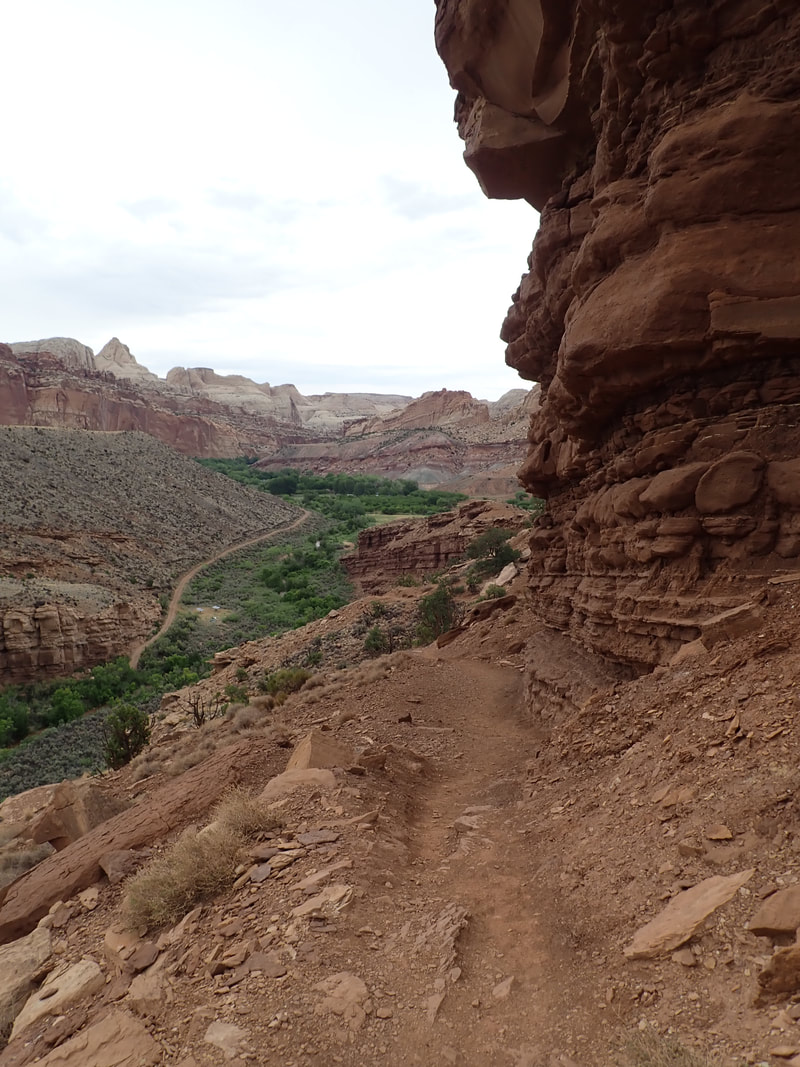
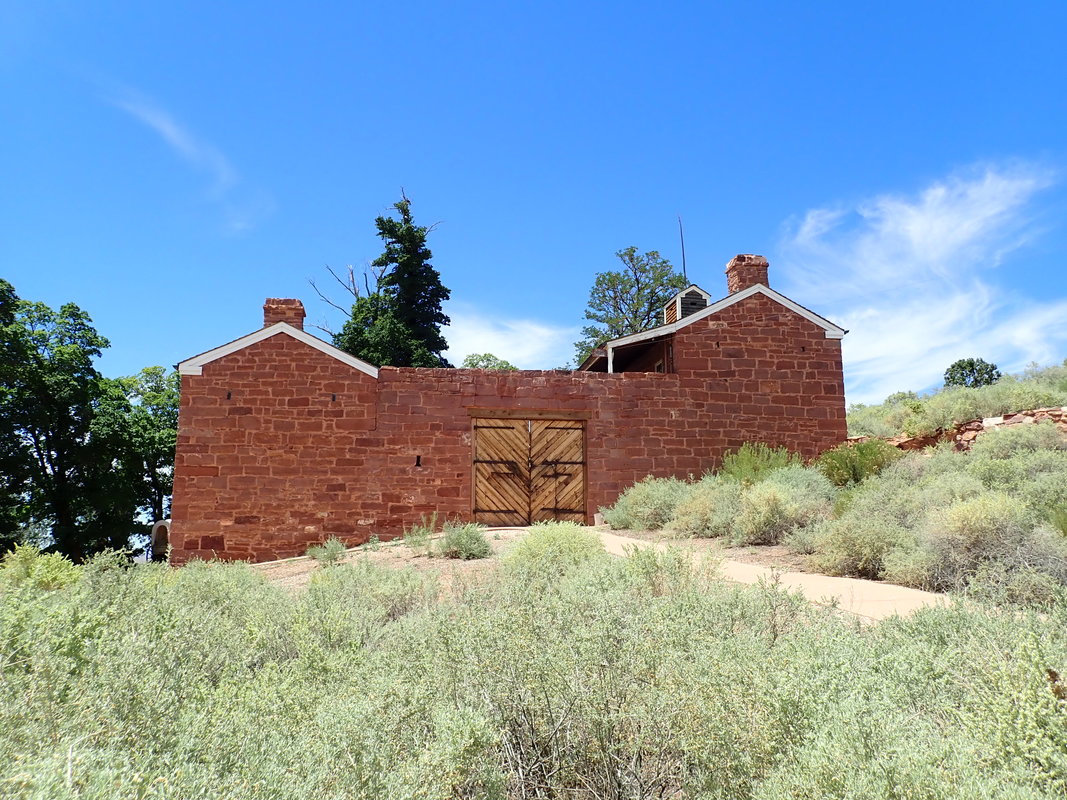
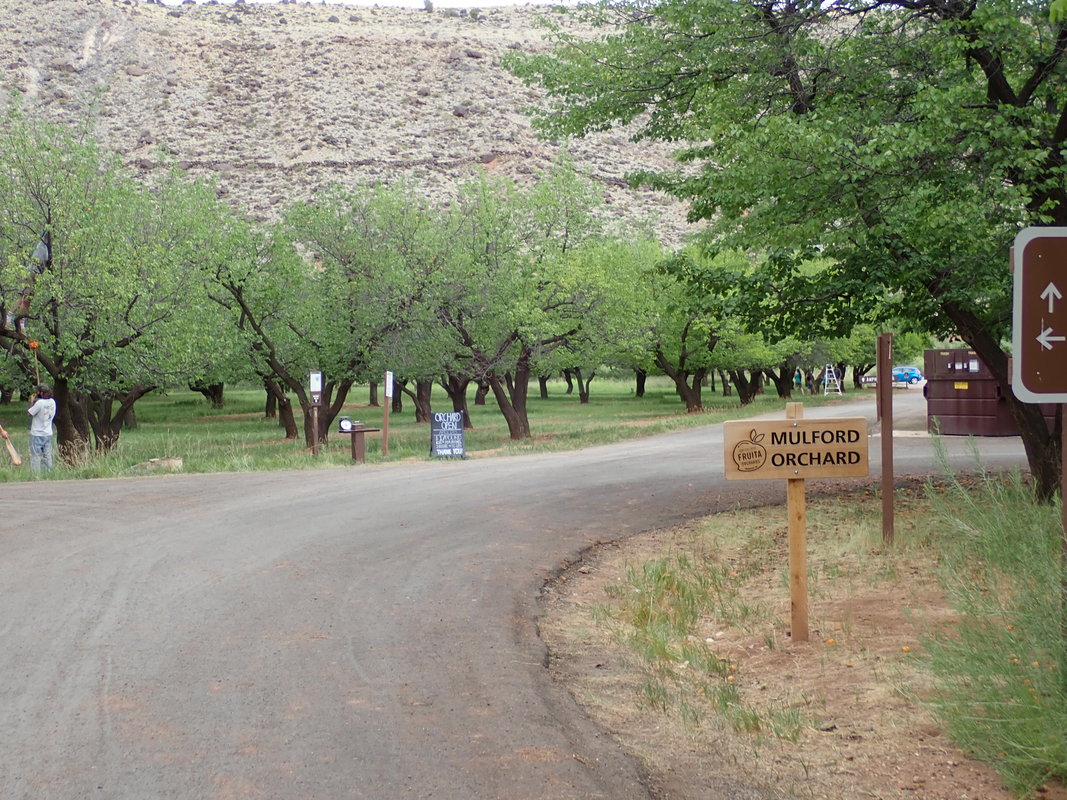
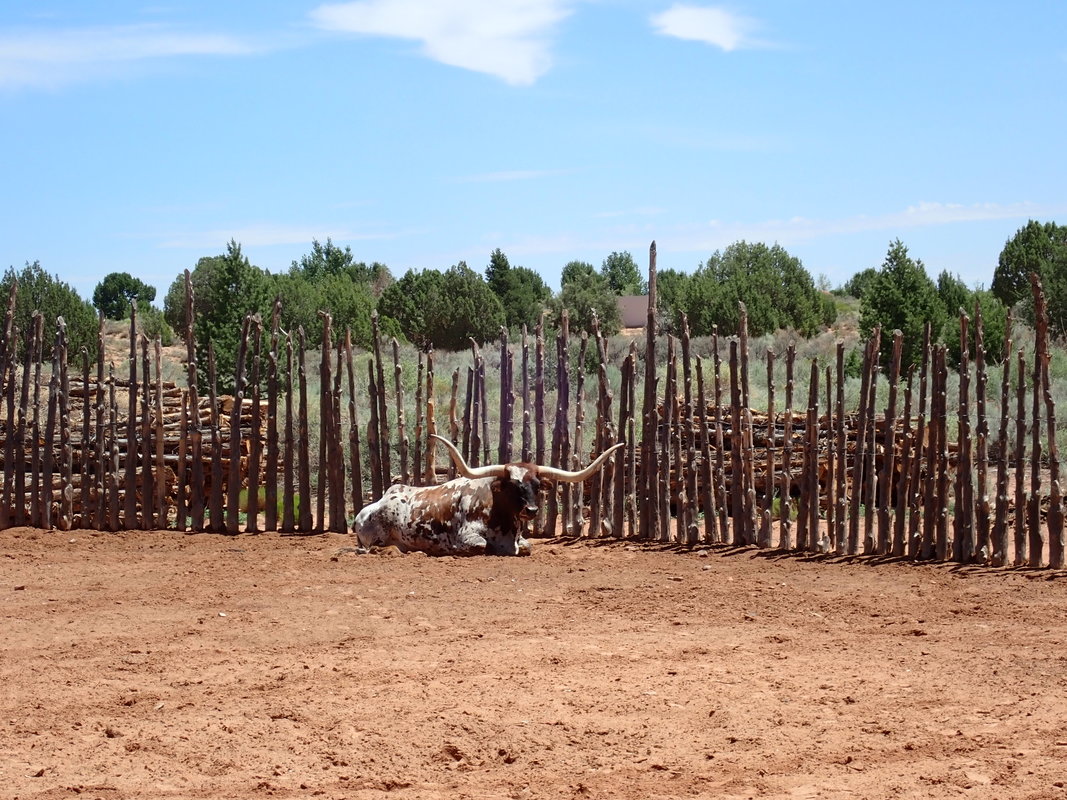
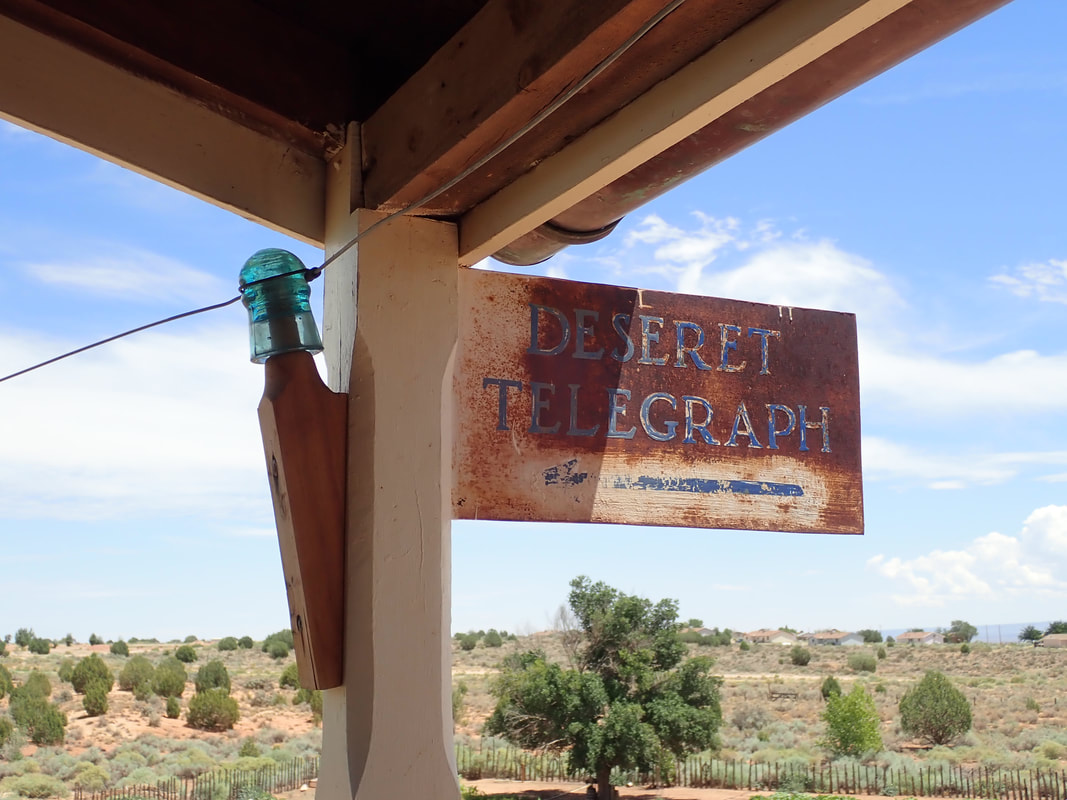
 RSS Feed
RSS Feed
